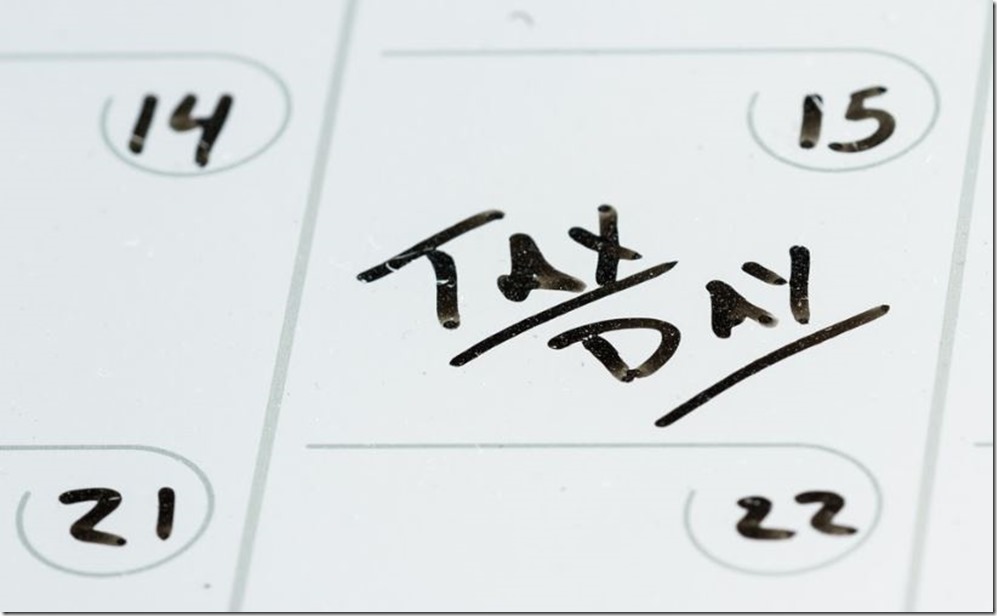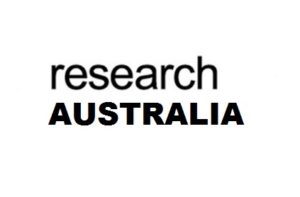Taxation is one of those things that most of us dread. Let’s face it – it’s not the most fun of activities and requires a great deal of accuracy. If you are a new business owner, sorting your taxes out for the first time can be an incredibly daunting experience. Thankfully, today we’re here to guide you through all the steps you need to take as a small business owner when it comes to handling your taxes. Read on to find out more!
-
Do Your Research
The best thing you could do for your business taxes is to do your research. Do you know other business owners? Why not ask them for tips or guidance on how you can go about sorting your business taxes in the easiest and most efficient and compliant way possible. We also highly recommend looking up various Australian tax invoice templates to get a rough idea on how you should go about organising and preparing your small business taxes.
-
Ensure You Are STP Compliant
As of 2019, all businesses in Australia are required to be STP compliant. STP, or Single Touch Payroll, is a system that was introduced by the ATO in 2018. STP requires business owners to send employee payroll information including wages, salary, superannuation and PAYG withholding to the ATO on a payment-to-payment basis. Previously, employers only needed to do this on an annual basis. Ensuring that you are STP compliant is incredibly important in order to not land your business in hot water or accrue fines from the ATO.
-
Keep Strong Records
Keeping strong records is always recommended to any business owner as this allows for ease of filing taxes at the end of the financial year. It is never too early to start keeping records, and we highly recommend utilising various software such as payroll software, invoicing software and so on to ensure that your data is as accurate as possible. Most software can now integrate with one another (including automated STP software), ensuring that your processes are automated and kept complaint at all times.
-
Get On Those Deductions
It is always recommended that small business owners claim as many appropriate deductions as they can. This can include costs for utilities, rent, legal services and repairs for your business. It is also recommended by experts that business owners pre-pay for these expenses if possible, in order to bring forward as many expense deductions prior to the July 1st deadline. Always remember that anything deducted has to be directly related to earning your business income and that you have full and in-depth data on how you have calculated these costs.
-
Get Superannuation In On Time
The golden rule is to always get your superannuation in on time and before the 30th of June. Failing to do so will result in the loss of your opportunity for a deduction. Always remember that superannuation needs to be paid to your staff 28 days after the end of each yearly quarter. Failing to meet these guidelines will result in you losing your eligibility for tax deduction.
-
Utilise Income Tax Offset
The income tax offset can see you shaving up to $1000 off your taxes if you earn a revenue of under 5 million dollars annually. At this moment in time, the offset is set at 8% of tax payable, but it is estimated that this figure will grow up to as much as 16% over the next decade or so. This offset applies to sole traders and micro-business owners and is an incredibly helpful resource and tool for new business owners.
_____________
Handling your taxation as an Australian business owner needn’t be a stressful or miserable task. We hope that the tips we have brought to you today have assisted you in further understanding the process of sorting out your business taxes.








